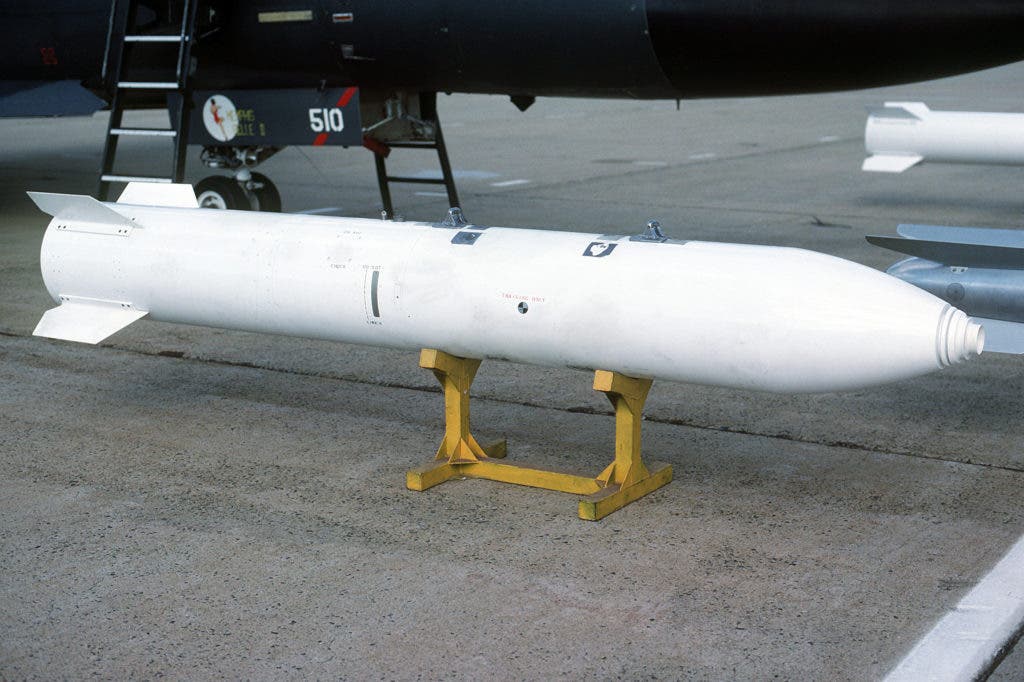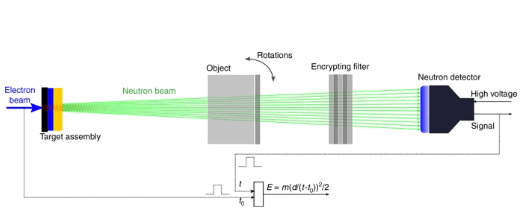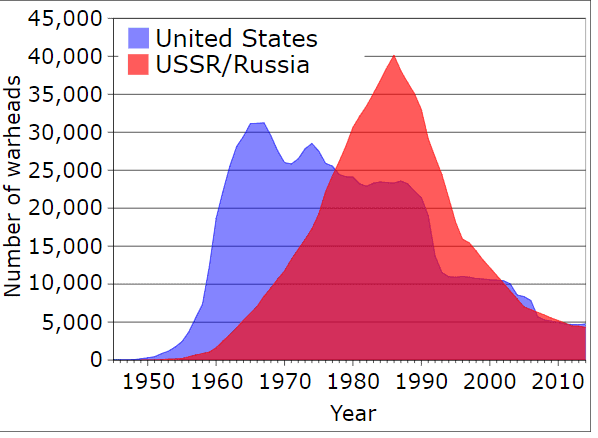How do weapons inspectors verify that an atomic bomb has been properly dismantled? They don’t, for the most part. Countries don’t really offer inspectors access to their nuclear technologies for fear of revealing military secrets.

Instead, past treaties (particularly US-Russia treaties) relied on dismantling the delivery systems for nuclear warheads. The infamous B-52 bombers had their wings cut off and were dumped in the Arizona desert, where Russia could visually confirm that they were inoperable.
But as for the warheads themselves — few direct verifications are ever allowed. These warheads can be stolen, sold, or accidentally detonated — with devastating consequences.
The problem is that despite these risks, countries are still strongly opposing direct inspection.
“Technology has offered human beings physical power that historically has been thought of as god-like in nature,” said Martin Hellman, one of the inventors of public-key cryptography and an advocate against nuclear war, at an event unrelated to the study. At the Heidelberg Laureate Forum 2019, Hellman said that even without accidents, the prospect of a nuclear war or accident is still dark.
“In contrast to our technology, our maturity-level as a species will never be godlike. At best, as a society, we behave as irresponsible adolescents who are having a great party and anyone who says ‘hey, maybe we should stop drinking because there’s gonna be a hangover in the morning’, people call him a party pooper,” he added.
In order to address this issue, a team of researchers has devised a new, hi-tech method of testing whether warheads have been dismantled, without risking divulging any other secrets.
Researchers led by Areg Danagoulian, an MIT nuclear scientist, have successfully tested a method which uses neutron beams to establish certain facts about the warheads while at the same time, using an isotopic filter that physically encrypts the information in the measured data.

Nuclear warheads usually use isotopes of plutonium and a distinctive spatial arrangement of materials. The device sends a horizontal neutron beam through the warhead and then through a lithium filter that scrambles the information. The signal is then sent to a detector, where the data is analyzed and the key properties recorded — everything else is hidden.
“At the low energy range, the neutrons’ interactions are extremely isotope-specific,” Danagoulian says. “So you do a measurement where you have an isotopic tag, a signal which itself embeds information about the isotopes and the geometry. But you do an additional step which physically encrypts it.”
“This encrypting filter basically covers up the intrinsic properties of the actual classified object itself,” Danagoulian adds.
The innovation lies not only in the fact that the device can assess the warhead’s status but also in the physical encryption. While it would also be possible to record the information and then record it directly on a computer, but physical encryption is much safer.
“You could, in principle, do it with computers, but computers are unreliable. They can be hacked, while the laws of physics are immutable.”
The results were tested on two proxies for plutonium (molybdenum and tungsten) at the Gaerttner Linear Accelerator (LINAC) Facility on the campus of Rensselaer Polytechnic Institute. So far, the tests worked as intended.
In order to conduct a real-life weapons inspection, the inspection team would analyze a known warhead, record its signature, and then compare its signature to the other warheads — making sure that the signatures fit and countries wouldn’t try to bamboozle inspectors with fake warheads. While a protocol would have to be established to ensure reliability, this could reasonably be done with existing technology.
“Arms control treaties are necessary to reduce the large stockpiles of the nuclear weapons that constitute one of the biggest dangers to the world. However, an impactful treaty hinges on effective inspection exercises to verify the participants’ compliance to the treaty terms,” the study reads.
“Our approach can significantly increase the trustworthiness of future arms control treaties while expanding their scope to include the verified dismantlement of nuclear warheads themselves.”
Now, the next step is actually trying the technology on an actual warhead. Presuming that everything works as intended (which seems likely at this point), countries would have to start negotiations to implement the approach.

This could prove to be extremely difficult, but there are reasons to be optimistic, Hellman says.
“Talking is much more effective than most people realize, it’s how we create societal interest and societal motivation to solve these problems,” Hellman said at HLF19.
It will no doubt be difficult, but if we truly want to achieve nuclear disarmament, it’s a vital step. The prospect of a nuclear catastrophe is so dark that most people don’t even want to think about it, Danagoulian says — but it needs to be addressed. Despite efforts for nuclear disarmament, there are still enough warheads in the world to destroy society multiple times over.
“The concept of nuclear war is so big that it doesn’t [normally] fit in the human brain,” Danagoulian says. “It’s so terrifying, so horrible, that people shut it down.”
The study “A physically cryptographic warhead verification system using neutron induced nuclear resonances” has been published in Nature Communications, where it can be accessed free of charge.









